Classics 10 Picture ID Midterm
1/46
There's no tags or description
Looks like no tags are added yet.
Name | Mastery | Learn | Test | Matching | Spaced |
|---|
No study sessions yet.
47 Terms
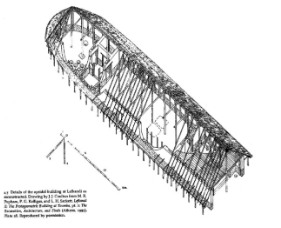
*Heroon of Lefkandi
975BCE
Graves, Ashes of Warrior, Skeleton of Woman with jewlery; Trader networks → items from other places
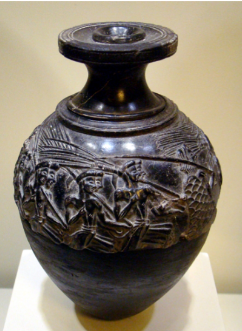
Harvester Vase
1500 BCE
Celebrated agricultural fertility, ritualized gatherings tied to cycle of nature

*Mask of Agamemnon
1500 BCE
Gold Funerary mask; named after Schliemann’s obsession with Homeric Poems

*Lion Gate
1250 BCE
Entrance gate into Mycenae; aware of possible attacks; some god might have been at the top of the column, Projects power→high walls

Franchthi Cave
18000-3200 BCE
Early evidence of humans in Greece, evidence of pottery and trade
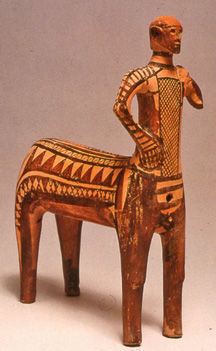
Lefkandi Centaur
900 BCE
Evidence of circulating wealth and trade networks; found in grave
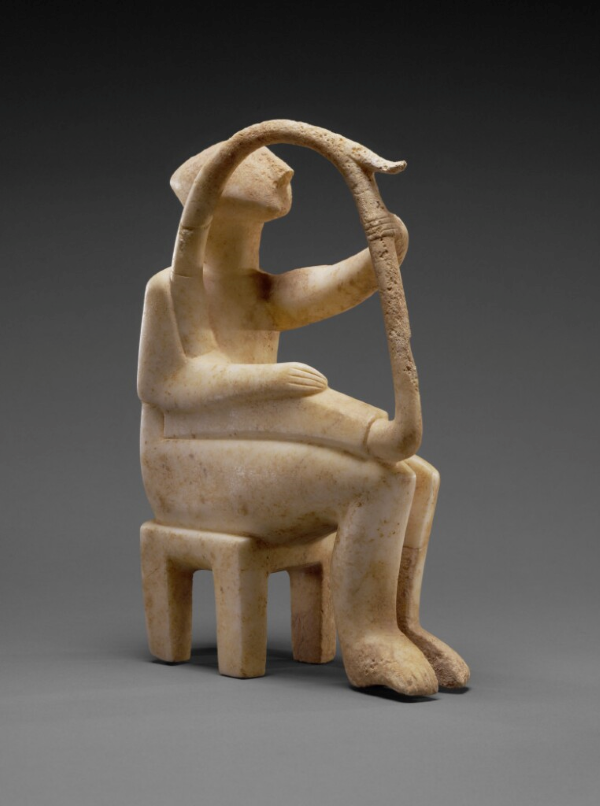
Cycladic Harp-Player
2700-2300 BCE
Minoan (believed to be intrinsically peaceful); shared culture across the Cyclades
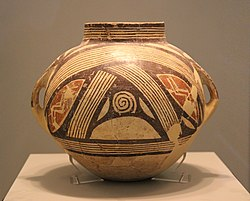
Pottery from Dimini
5300-3300 BCE
Decorated ceramics; evidence of permanent settlements, evidence of trade, evidence of exchange of ideas/different styles
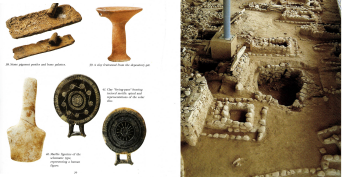
*Early Helladic Cemetry TSEPI
3000-2000 BCE
Burial Site, Mainland Greece, evidence of trade, values own past →central cemetery
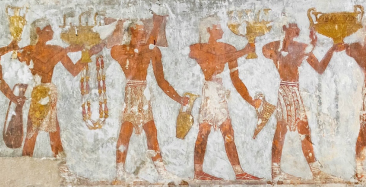
Rekhmire Tomb
1400 BCE
Egypt, High officials tomb, bringing gifts to his Majesty for protection

Cycladic Figurines
3000 BCE
Marble Female forms; fertility or ritual function, culture growth
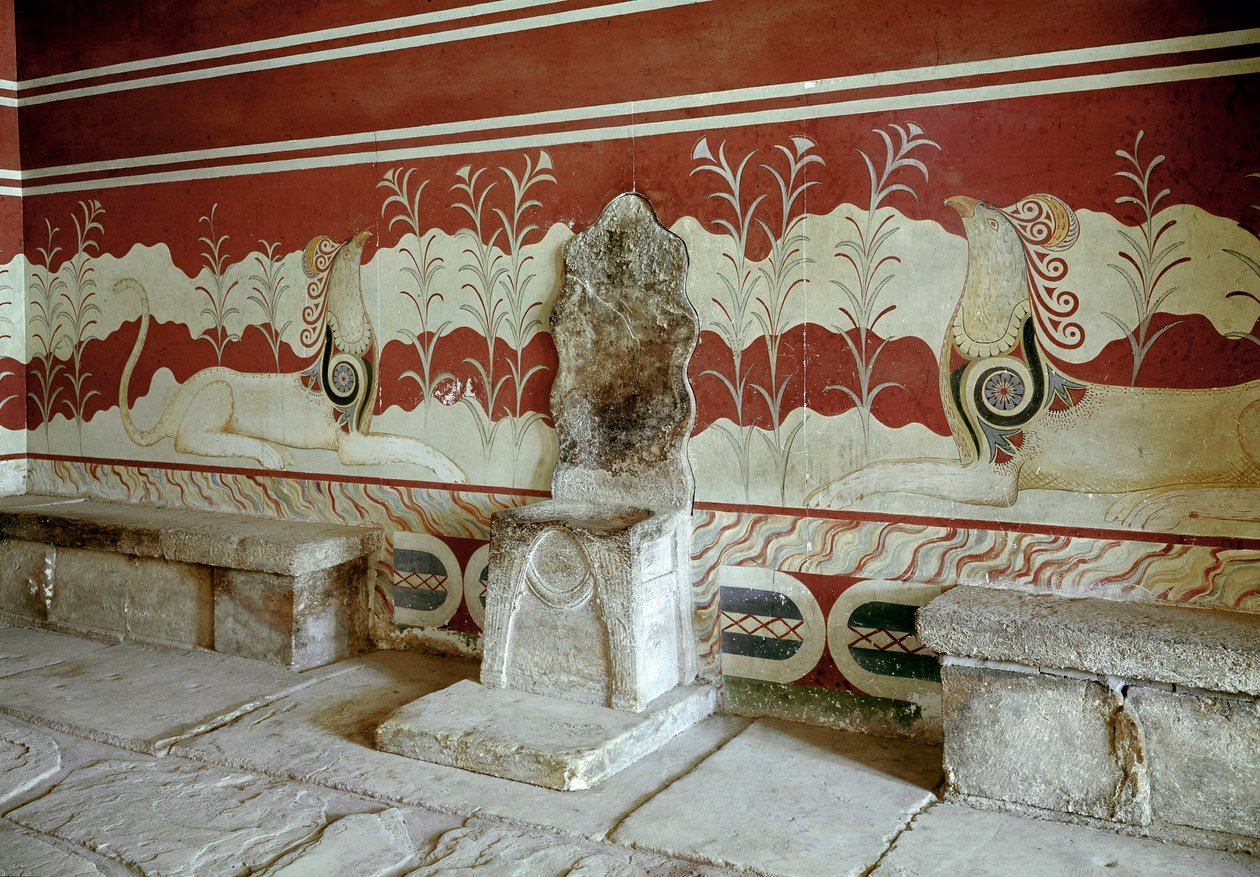
King’s Throne at Knossos
Stone throne at Minoan Palace, Hierarchy Structure
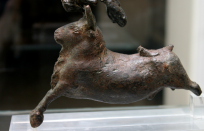
Minoan Bull-Leaper
1400 BCE
Represents ritual performance and Minoan Vitality
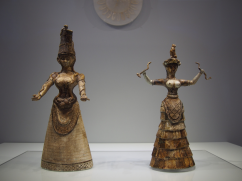
Snake Goddesses
1600 BC
Minoan Religion, Fertility and Divinity, Deadly Role

Hagia Triada Sarophagus
1400 BCE
Sacrifice of Bull, Ritual Offering, Communal Work for Deceased
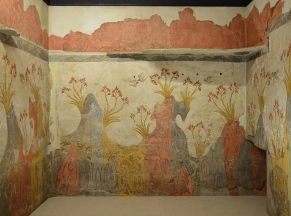
Spring Fresco in Akrotiri
1650 BCE
—-
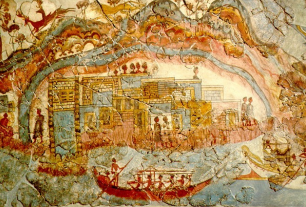
Flotilla Fresco
1650 BC
Peaceful scenes, Minoans were powerful traders
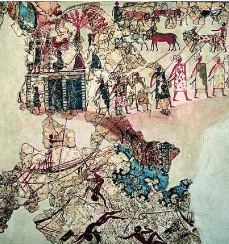
North Wall Frieze
1650 BCE
Minoan civilization might not be so peaceful, threat of war

Mycenean Soldiers on the Warrior Vase
1200 BCE
militarization of the Mycenean society
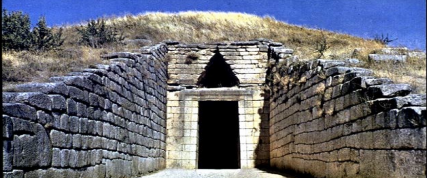
Tholos Tomb
1300-1250BCE
Wealth of community, honoring of leaders,
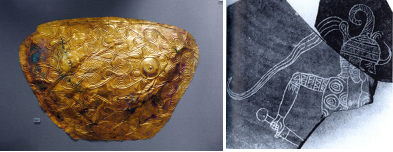
Mycenaean armor
1500-1350 BC
Exchange of ideas, Possible warfare, symbol of riches=gold
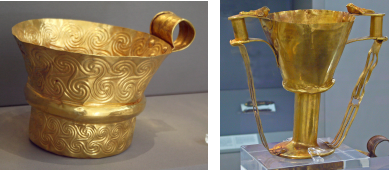
Cups from Myzenae
1500 BCE
Wealth of the community, grave items, Evidence of Trade

Lion Hunt Dagger
1500 BCE
Heroic, Wealth in Community, Honor
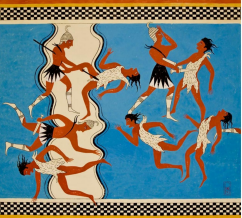
Warrior Fresco
1250 BCE
Battle, Warrior Culture, Fighting Greeks
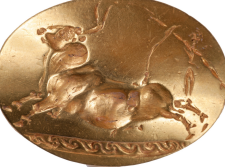
Tomb of the Griffin Warrior
1450 BCE
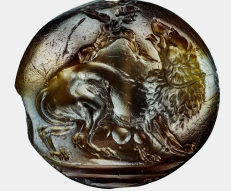
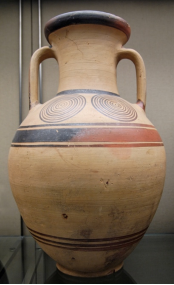
Amphora from Ceramicus Cemetry in Athens
975-950
Pottery evolves, spread through trade, shared culture, connection of people
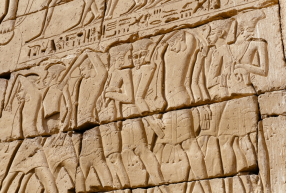
The Sea People
Prisoners, war
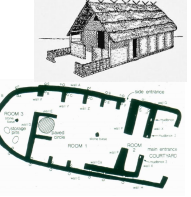
Nichoria Chieftain’s House
1050BCE
Greece, Not as Grand- reemerging of structures, structure like Bronze Age, sign of organization

Nestor’s Cup
720 BCE
New Greek Alphabet, First sense of writing with alphabet, homer style
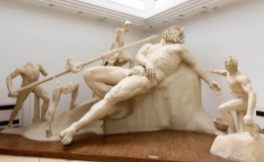
The Blinding of the Cyclops
Heroism, Homeric Myth
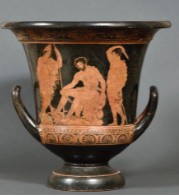
Odysseus Summoning the shades
390BCE
reference to the odyssey, underworld, necromancy
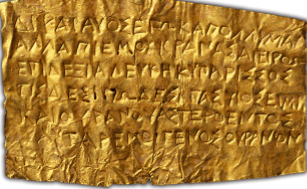
Tablet with instructions for the deceased in the Underworld
300 BCE
religious significance, underworld, a guide
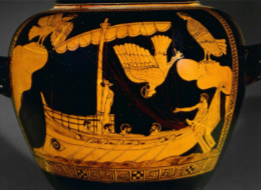
Siren Vase
480 BCE
reference to Odysseus journey, represents temptation, physical record of the story

Athena born from the head of Zeus
550 BCE
Myth reference, patriarchal structure → her knowledge from king of Gods, had headache→ split head open → athena in full armor emerged
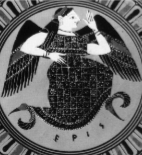
Black Figure of Eris
600 BCE
Mythology, entity of chaos and discord

Animal Figurines
Early Olympia
Cult activity, massive increase of people visiting,
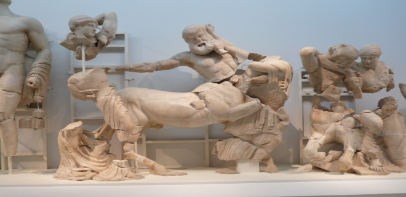
West Pediment - Lapiths and Centaurs
Civilization vs. Monsters,

East Pediment - Zeus, Pelops and Oinomaos
Victory, Cheating,

Heracles Cleaning the Stables of Augeas
Greek Hero, conflict, redemption of kiling
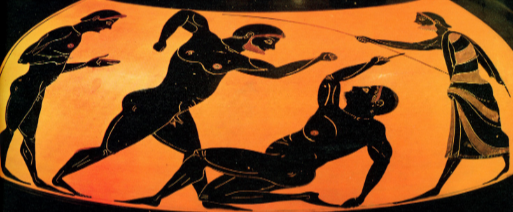
Isonomia
Equal Punishment, Fairness, Individual Glory
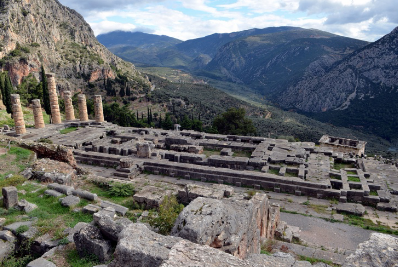
Temple of Apollo at Delplhi
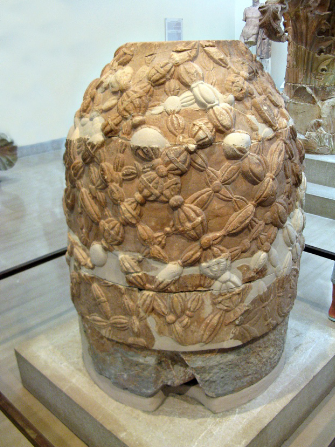
The Omphalos, Marble
Late 1st Century CE
Stone replacement of Zeus, Greek Myth, symbol of delphis cosmic centrality
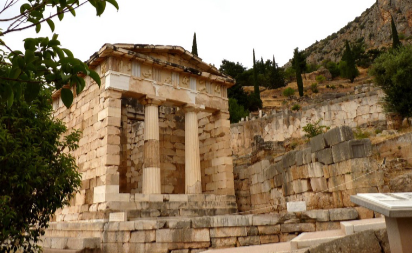
Athenian Treasure Delphi
Athenian victories in the games, built with spoils after victory
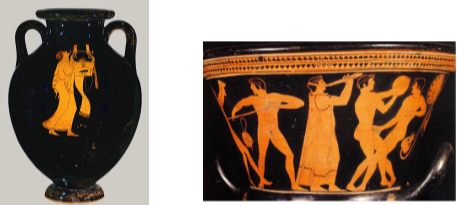
Delphi and the Pythian Games
Music Contests, celebrate harmony between body and art
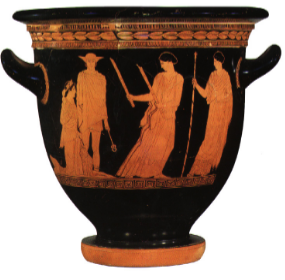
Attic Red Figure -Krater
500 BCE
Story of seasons, Hades has Persephone go 2/3 (Spring, Summer) overworld 1/3 underworld (winter).
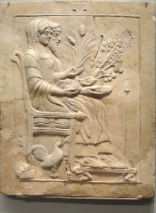
Marble Pinax of Persephone and Hades
500 BCE
Symbolizes Agriculture and Fertility,
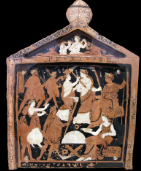
Ninnion Tablet
370 BCE
Only known representation of Eleusinian Procession, linked to Athens